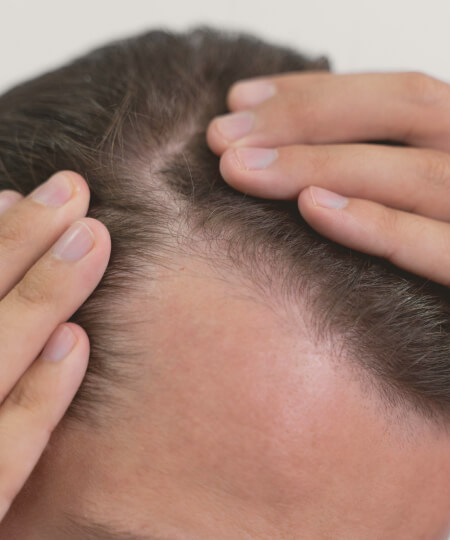TRT does make the process of muscle growth and increases in strength much easier than someone with low testosterone levels. Resistance training is a great idea for management of health and aging, and we recommend it for our patients on TRT. However, if they are not exercising at all, they will not increase their muscle mass and strength.
Have more questions?
When TRT is managed by a qualified, experienced medical provider, there are no concerns for patients with heart conditions. They would be monitored in the same way other patients without heart conditions are, which means a thorough physical examination and regular blood work to ensure their hormone levels are in the safe, physiological range. There is no evidence available that shows TRT is unsafe for the cardiovascular system.
The goal of TRT is not performance enhancement or for bodybuilding purposes. However, when a man has optimal testosterone levels, he will experience much better cognitive and physical health than if his testosterone levels were low. TRT can give men the energy, motivation, and mental fortitude necessary to better accomplish their goals in and outside of the gym.
Yes. Age-related testosterone decline is one of the most common causes of sub-optimal testosterone levels in men.
We test testosterone levels though a simple blood draw which is the gold standard for measurement.
Yes, working out, specifically weight training, can increase testosterone levels significantly in someone who is not currently active.
Yes, testosterone levels can be low in women. Testosterone is just as important for women as it is for men.
Low testosterone usually presents with symptoms such as; low energy, low sex drive, decreased muscle mass, increased body fat, depression, decreased focus and memory. Sub-optimal levels are confirmed with a simple blood draw that can be performed at your home or office with one of our traveling phlebotomists.
During any long-term weight loss program there can be a certain degree of muscle and/or bone mass loss. We offset this loss through proper nutrition, resistance training, and hormone optimization, which is instrumental in increasing muscle mass and bone density long-term.












